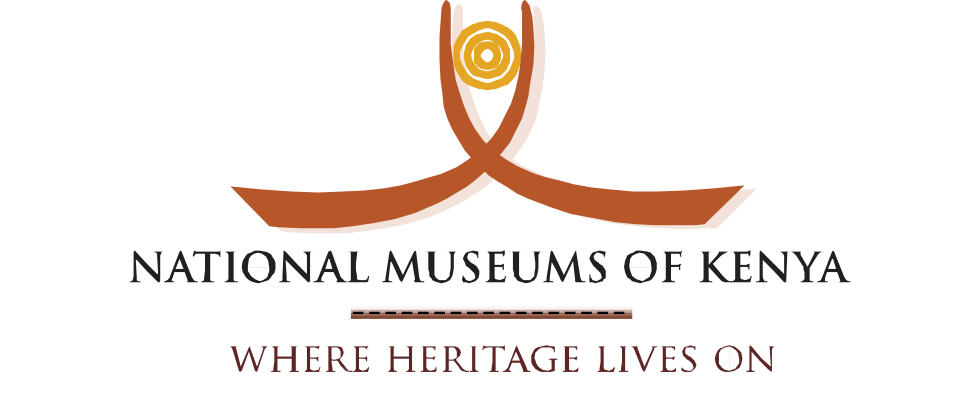The Centre for Biodiversity was set up by the Government of Kenya in 1994, following a recommendation by United Nations Environment Programme (UNEP) for a coordinated approach to implement the Rio Convention (Convention on Biological Diversity, CBD). The role of the centre was to coordinate country biodiversity studies and direct its subsequent operations in consultation with relevant government agencies. Over the years, the centre has not only coordinated multi-disciplinary projects in Kenya, but has also been designated as a National Scientific Authority for various Multilateral Environmental Agreements (MEAs). In addition to liaison with other NMK research centres, the centre brings together five main research units as follows: –
Marine and wetlands Programme
Conducts research on the interactions and dynamics of wetland ecosystems in the context of prudent management and conservation of wetland resources. Among other roles, the section is designated as the national focal point for Communication, Education and Public Awareness (CEPA) programme of the Ramsar Convention.
Kenya Resource Centre for Indigenous Knowledge (KENRIK)
Research at the centre focuses on indigenous knowledge systems with a view to documenting traditional plant-based foods and medicines, and ecological knowledge systems. The key objectives are to mainstream IK into national development polices and enhance community development.
Phytochemistry Unit-This facility is dedicated to enhancing utilization of natural products and enhancing Environmental Health and Safety. Research activities focus on biologically active compounds and organisms with direct impact on human health, food security and bioremediation of contaminated ecosystems. These are linked to climate change and adaptation mechanisms.
Molecular Genetics Laboratory
The Unit undertakes research and training in Molecular Biology in Population Genetics and its application to Biomedical and Biotechnology products.
Coastal Biodiversity Conservation Unit:
Comprises 3 main areas: –
- Coastal Forest Conservation Unit (CFCU) – conducting research and conservation of coastal forests including the Kaya Forests.
- Kipepeo Project: a community-driven initiative to conserve Arabuko sokoke forest with butterfly farming enterprise.
- Mombasa Butterfly House: live butterfly and biodiversity exhibit located in Mombasa at Fort Jesus
